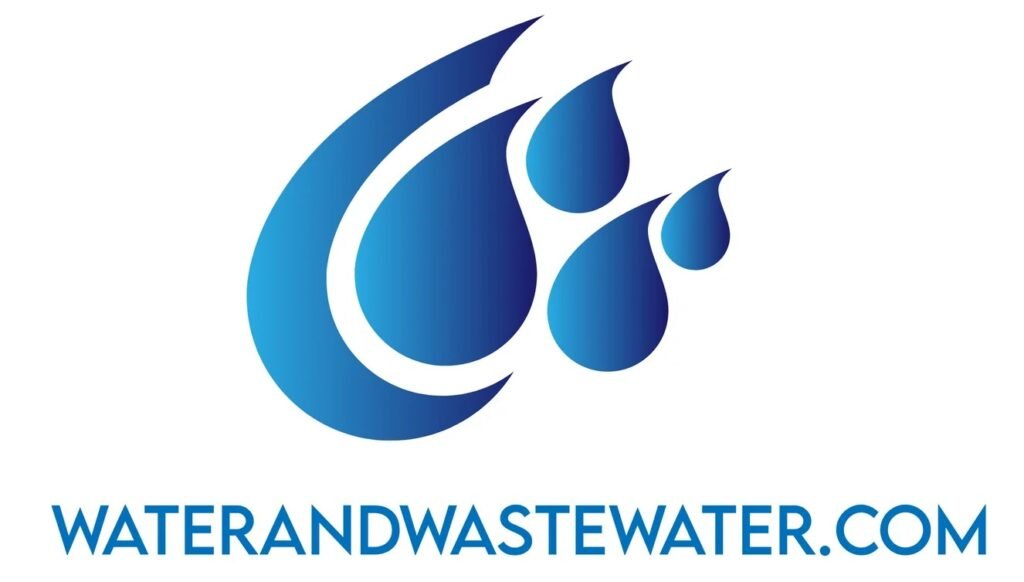Tag: water supply
Nanofiltration is a cutting-edge technology for purifying water. Nanofiltration systems use specialized membranes to filter out contaminants while allowing water molecules to pass through. This process is efficient and effective in removing salts, heavy metals, and organic compounds from water. The technology has evolved over the years and is now widely used for various applications. From […]
Ultrafiltration is a powerful water treatment process that removes small particles, bacteria, and some viruses from water. It uses a membrane with tiny pores to filter out contaminants larger than 0.01 microns. This makes it highly effective for improving water quality in both residential and industrial settings. Ultrafiltration systems are essential for anyone looking to ensure […]
Introduction The Clark County Water Reclamation District (CCWRD) is an integral entity in Southern Nevada, tasked with the vital responsibility of treating wastewater to protect public health and the environment. This role is especially crucial in Clark County, home to Las Vegas and several other rapidly-growing communities. One of the district’s prominent assets is […]
The Dos Rios Water Recycling Center: A Pinnacle of Sustainable Water Management Introduction Water is an indispensable resource, and properly managing wastewater is crucial for the health of our communities and environment. The Dos Rios Water Recycling Center, located in San Antonio, Texas, is an exemplary model of innovation, sustainability, and community engagement […]
Components are essential building blocks in many systems, ranging from technological innovations to everyday items. For instance, an MRI system consists of main magnets, gradient coils, radiofrequency coils, and computer systems, which together make it a powerful diagnostic tool. Understanding the various components within a system can significantly enhance its efficiency and effectiveness. In water treatment […]
Anaerobic digestion is a fascinating process that breaks down organic matter, such as manure and food waste, without the need for oxygen. This process not only helps in managing waste effectively but also produces biogas, a valuable source of renewable energy. Understanding how anaerobic digestion works can provide insights into its benefits for waste management and […]
Ozonation is a powerful method used to treat water and ensure it is free from harmful contaminants. This process involves generating ozone, an unstable gas, by applying a high voltage to oxygen molecules. Ozonation effectively disinfects water, making it safe for consumption and other uses. Using ozone in water treatment offers significant advantages over other methods. […]
Chlorination is a common method used to disinfect drinking water, ensuring it is safe for human consumption. The process involves adding chlorine to water to kill harmful parasites, bacteria, and viruses. This method has been widely adopted because it is effective, cost-efficient, and easy to apply. In addition to making water safe to drink, chlorination is […]
Sedimentation is a natural process where small particles like soil and debris are transported by water and settle in a different location. This process is crucial in shaping landscapes and maintaining ecosystems. Yet, in human activities, sedimentation can lead to problems, especially when it comes to water quality and infrastructure. Understanding sedimentation is important because […]
Membrane filtration is a crucial technology in the modern water treatment industry. It addresses various contaminants in water, making it safer for consumption. This method is particularly effective in removing particles, bacteria, and even some chemicals from the water supply. What makes membrane filtration stand out is its efficiency and versatility. High-pressure membrane systems can […]
